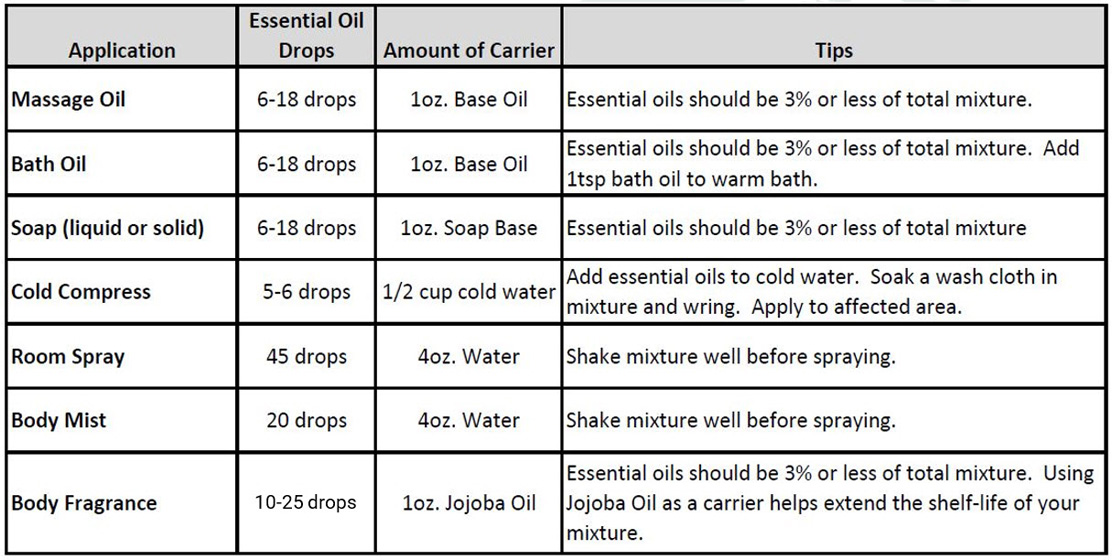Learn
Welcome to our Learn page! Scroll down for product FAQ's and helpful tips.
Food Grade Essential Oils and Flavorings
Flavorings FAQs
Please see our Suggested Usage Table for Flavors
Yes. Nutritional statements for each flavor we produce are available upon request. These nutritional statements are based on the industry standard volume of 100 grams.
Many of our Super-Strength flavors and food grade (edible) essential oils can be used directly in chocolate and confectionery coating. The item detail page for each flavor will give specific usage information.
LorAnn specification sheets indicate whether or not a flavor is soluble in water with a simple statement of “soluble” or “insoluble”. Unfortunately, these two statements oversimplify the fact that flavors have different degrees of solubility and that they may in fact work well in a variety of applications.
If the price seems too good to be true, it probably is! The “vanilla” you bought is likely not made from vanilla beans but instead from tonka beans. These beans contain a substance called coumarin, which can have potentially toxic side effects and is banned in the U.S. for use in food by the Federal Department of Agriculture (FDA). Read the full report from the FDA
Although it is not required in the U. S., a "best by" date must be present on our bottles to comply with import regulations of many other countries. This date can be found on the safety seal of 1-dram bottles, and on the label of larger sizes. We recommend storing flavors with the caps tightly closed and in a cool, dark place. Sunlight and heat can degrade the essential oils and flavorings. If stored properly, most flavors should last several years. Citrus oils degrade more quickly, but can be refrigerated to extend shelf life. If your essential oils or flavors look cloudy, have an off smell or lose their intense aroma, it’s time to buy new.
Customers have found that our Super-Strength flavors work well in some lip balm/gloss recipes, but not in other recipes. The composition of the base seems to affect how well a particular flavor stays in suspension without floating to the top. We recommend testing a flavor in a small amount of base to see how well the flavor works in your recipe.
Yes. The Super-Strength flavors that are water soluble will work best to flavor beer. In general, a .1 - .3% use level is appropriate for most beers. Some of the heavier beers require more flavor (stouts, porters, etc.) vs. the lighter wheat beers which pair well with fruit flavors.
Most of our flavors and food ingredients are appropriate for vegan and vegetarian lifestyles.
Candy Making
Popular Articles
Candy Making FAQs
LorAnn’s concentrated Super-Strength Flavors are also known as “candy oils”. Unfortunately, the term is a bit of a misnomer as our Super-Strength flavors are not flavored vegetable oils. This term is a historical reference to essential oils used to flavor candies.
A concentrated flavoring is a must for hard candy. Using an extract is not appropriate as the flavor is diluted in alcohol and would mostly evaporate with the high cooking temperature.
LorAnn sells a sugar-free hard candy mix for the stove-top that tastes great and is easy to use.
Yes, having a thermometer that measures temperatures accurately is extremely important. You can check your candy thermometer accuracy by placing it in water and bringing the water to a boil. The thermometer should read 212° F {100° C.}; if the reading is higher or lower, take the difference into account when testing the temperature of your sugar syrup.
The addition of food coloring is optional. If you decide to use coloring, we suggest using liquid or liquid gel colors. How much to use depends on the intensity of color you are trying to achieve. For liquid colors, several drops should be all you need. For liquid gel colors, just a drop or two might be all that is needed.
Chocolate Crafting
Chocolate Crafting FAQs
All food-grade essential oils are ideal for chocolate crafting. The majority of LorAnn's concentrated Super Strength Flavorings are also appropriate. Some of these flavors but may cause slight thickening in chocolate; To thin/smooth add liquified coconut oil, or cocoa butter (typical use is ¼ to ½ teaspoon per pound). All flavors can be used in ganache, or candy centers. Please refer to the item's detail page for specific use information.
Typical usage is 1/4 - 1/2 teaspoon per pound for flavors that are suitable for use in chocolate and coating.
Baking
Baking FAQs
Yes! Our super strength flavors taste equally as good in your cakes, cookies and frostings as they do in candy and can add an intensity of flavor that an extract just can't match. In general, these flavors are about 3 to 4 times the strength of a typical baking extract. If you would typically add 1 teaspoon of an extract to your recipe, add 1/4 to 1/2 teaspoon of a super strength flavor. Another ratio would be 1/4 to 1/2 teaspoon per cup of butter or shortening. Adding vanilla extract along with a super strength flavor is optional and can add another layer of flavor.
Ice Cream Making and Frozen Dairy
Essential Oils & Aromatherapy
Aromatherapy FAQs
Essential oils are prized for varying attributes including aroma, flavor, therapeutic benefits as well as biochemical properties such as antibacterial and antifungal. Essential oils are frequently used in aromatherapy, homeopathic healing, culinary applications (food grade only), and in the manufacture of cosmetics, soaps, lotions, balms, natural household cleaners, and even insect repellants. For more information, please read our Practical Guide to Essential Oils for Aromatherapy, Health & Well-Being
Essential Oil Blending Chart

